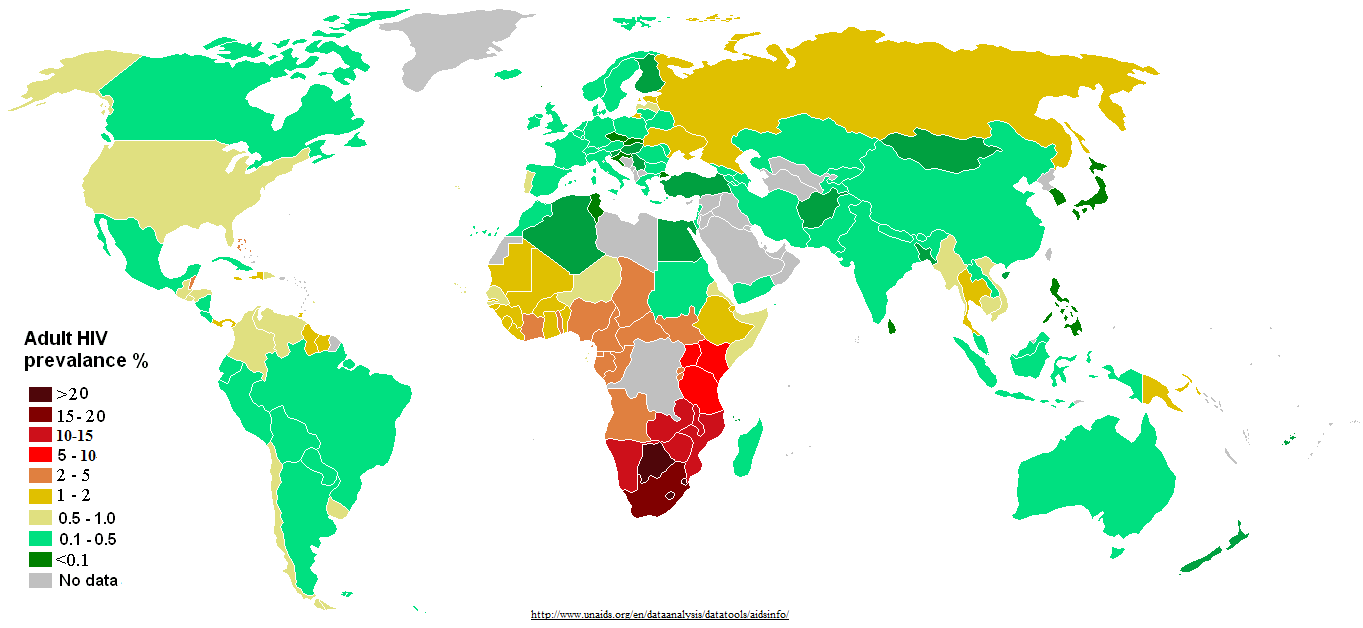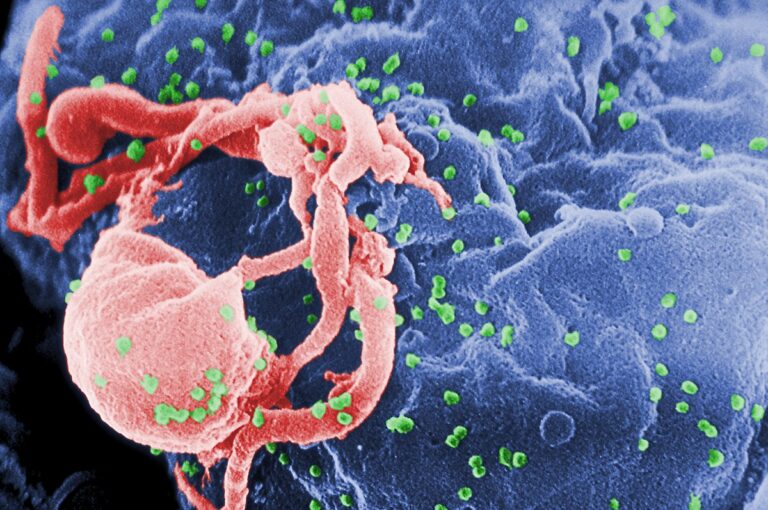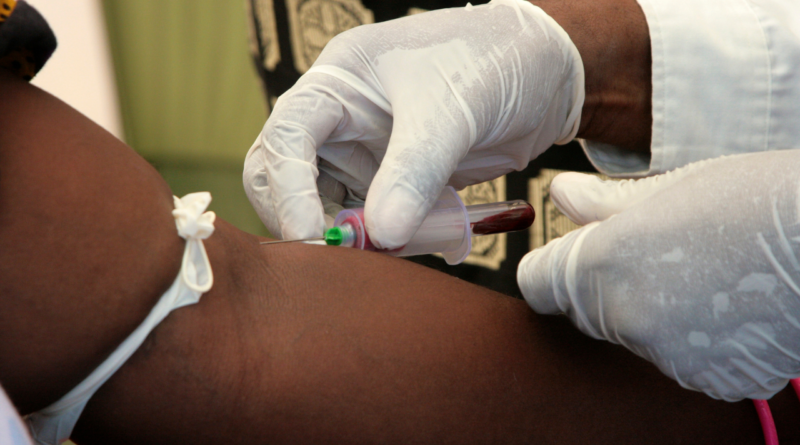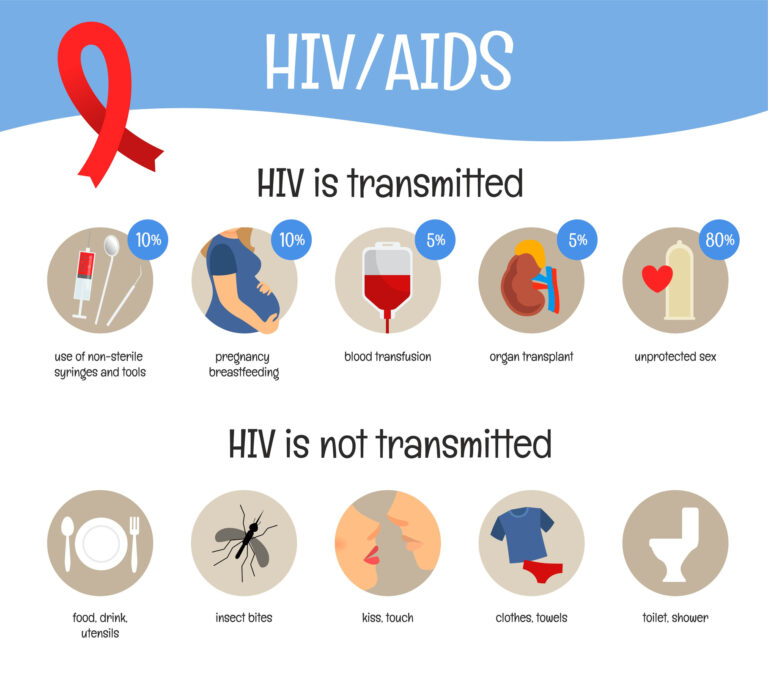How Did the First Person Get AIDS?
If you remember the AIDS epidemic from the 1980s, you may remember how big of a deal it was that a new disease was spreading throughout the world and affecting millions of people. While there are treatments for HIV, there is no cure once it turns into AIDS.
Here’s how it all started.
How the First Person Got AIDS
The identity of the first person to develop AIDS is still unknown, however, HIV-1 (human immunodeficiency virus) was first discovered from a preserved blood sample taken in 1959 from a Léopoldville man in the Belgian Congo. AIDS is also caused by HIV, which originates from non-human primates in Central and West Africa.
While 1959 was the time the disease was discovered, it didn’t originate here. According to an article by Avert, scientists put together a “family tree” ancestry of HIV transmission, concluding that the virus originated in 1920 in Kinshasa in the Democratic Republic of Congo (DR Congo). HIV was transmitted from SIV (Simian Immunodeficiency Virus) which attacks the immune systems of apes and monkeys.
As far as how the first person got HIV/AIDS, it is likely that it was passed through hunting and consumption of SIV-infected monkeys in Kinshasa. There’s also the possibility that the virus entered through cuts and wounds while hunting.
At first, the hunter’s body would fight off the disease, but over time, SIV had adapted itself within the human host and became HIV-1, the strain that caused the worldwide epidemic in the 80s.

How HIV Spread from Kinshasa
It didn’t take long for HIV to spread from Kinshasa, due to the amount of transportation routes to and from the area. It also had a growing sex trade that allowed the disease to spread easily. In 1937, HIV had reached Brazzaville, located about 120 km west of Kinshasa.
Thankfully, there weren’t many ways to get to the North and East areas of the country, so fewer cases were reported there. But by 1980, half of all infections in the DR Congo were reported outside of Kinshasa, which became the start of the epidemic.

How HIV Spread to Haiti
Unfortunately, Haiti was hit hard by the “B” subtype of HIV-1, which is a subtype of strain M. This was because many of the professionals working in the colonial Democratic Republic of Congo were from Haiti and returned home in the 1960s. They were initially blamed for spreading the virus to the already-poor country, causing severe racism, stigma and discrimination.
Now, HIV-1 subtype M is the most common subtype of HIV, contributing to 75 million infections around the world.
AIDS Epidemic in the United States
In the United States, most people had thought the disease originated here because that was when it was first discovered and recognized as a health condition.
In 1981, a few cases of a rare lung infection, known as Pneumocystis carinii pneumonia (PCP), were found in five healthy young homosexual men in Los Angeles. At the same time, there were also reports of an aggressive cancer called Kaposi’s Sarcoma (KS) in parts of New York and California.
On April 24th, 1981, Ken Horne, a resident of San Francisco, was reported to the CDC as the first infected person with Kaposi’s Sarcoma (KS), and later identified as the first patient of the AIDS epidemic.
By December of that year, it was confirmed that the first cases of PCP were reported by people who inject drugs as well as over 270 cases of immune deficiency among gay men.
By 1982, scientists found that the cause of the immune deficiency was sexual, until July that year, it was reported in haemophiliacs and Haitians. By September, the CDC invented the term AIDS for acquired immune deficiency syndrome, describing it as “a disease at least moderately predictive of a defect in cell mediated immunity, occurring in a person with no known case for diminished resistance to that disease.”
Before long, cases were popping up all over the world, especially in Europe and Africa. Mothers especially became scared when they learned they were passing it on to their children after they were born.
The U.S. Public Health Service, CDC, U.S. Food and Drug Administration (USDA), World Health Organization (WHO), U.S. Department of Health and Human Services (HHS) and the American Foundation for AIDS Research (amfAR) scrambled to research the disease, including its causes, ways of spreading, treatments, methods of prevention and cures.
By 1989, 100,000 AIDS cases were reported in the United States and 400,000 worldwide.
The 4-H Club
If you have or haven’t heard of the “Four-H-Club”, you may or may not know that it includes 4 different groups of people with a high risk for contracting HIV and AIDS: homosexuals, haemophiliacs, heroin addicts and Haitians.
In 1983, the CDC in the United States had identified these groups of people and their partners, which inflated the fear and stigma regarding the epidemic. That was when the term “4-H Club” was coined.

HIV/AIDS Today
About 1.2 million people in the United States are living with HIV today, and 14% of the population are affected and don’t know it, according to HIV.gov. Ethnic minorities, including gay and bisexual men make up a significant proportion of the current cases. But the diagnoses are not evenly distributed throughout the country, with the highest rates being recorded in the South.
The following groups face the highest risk for contracting HIV and AIDS:
- Men having sex with men
- Hispanics and Latinos
- Transgender persons
- African Americans
Despite this growing population of affected persons, proper education has not been reaching these areas, meaning they are not learning of the disease and its effects before contracting it themselves.
The latest reported cases of HIV in the United States and dependent areas were in 2018, where 36,968 were infected, which remained stable from the previous statistic recorded in 2014.
HIV/AIDS Treatment and Cures
As of today, there is no cure for HIV or AIDS, but there is a medication that can reduce the amount in your body, according to the CDC. The medicine is called antiretroviral therapy (ART) and with it, most people can get their condition under control within six months. But it does not prevent the transmission of other STDs (sexually Transmitted Diseases).
If any treatment is delayed, the disease will continue to harm the immune system and increase the risk for developing AIDS. There is also a higher risk for transmitting the disease to sexual and injection partners.





